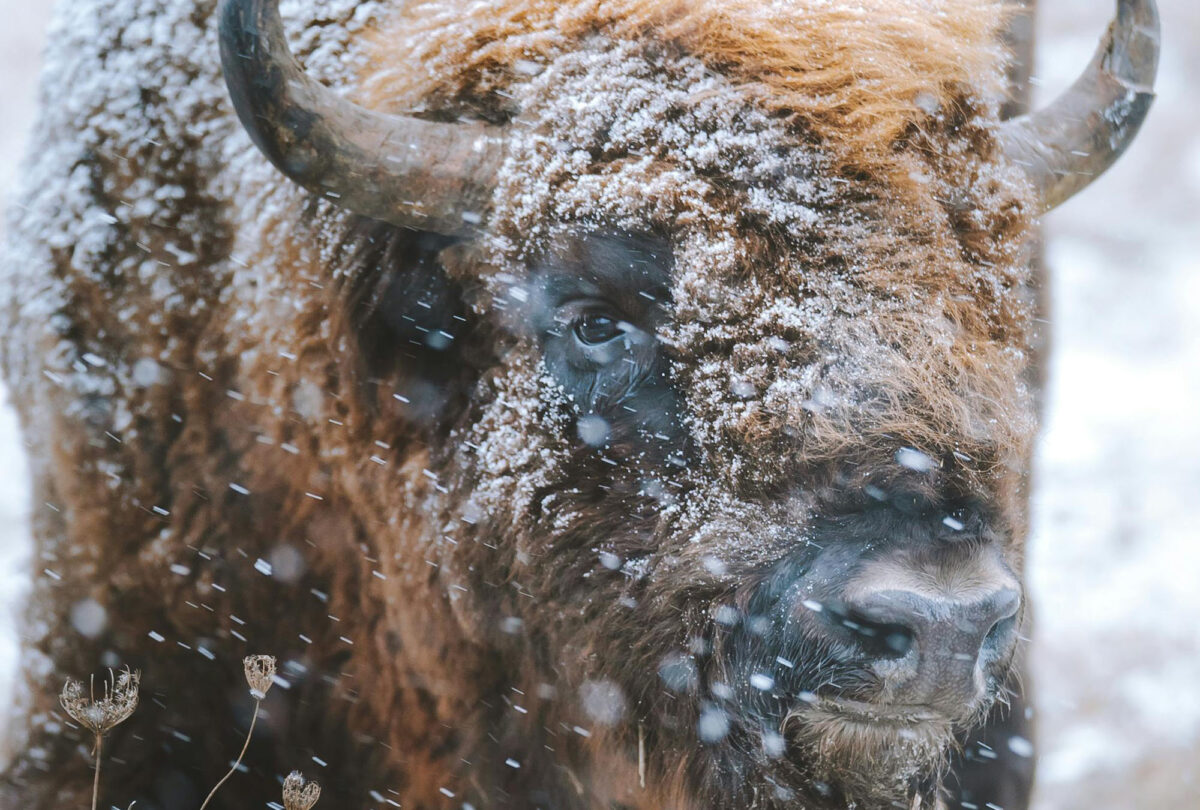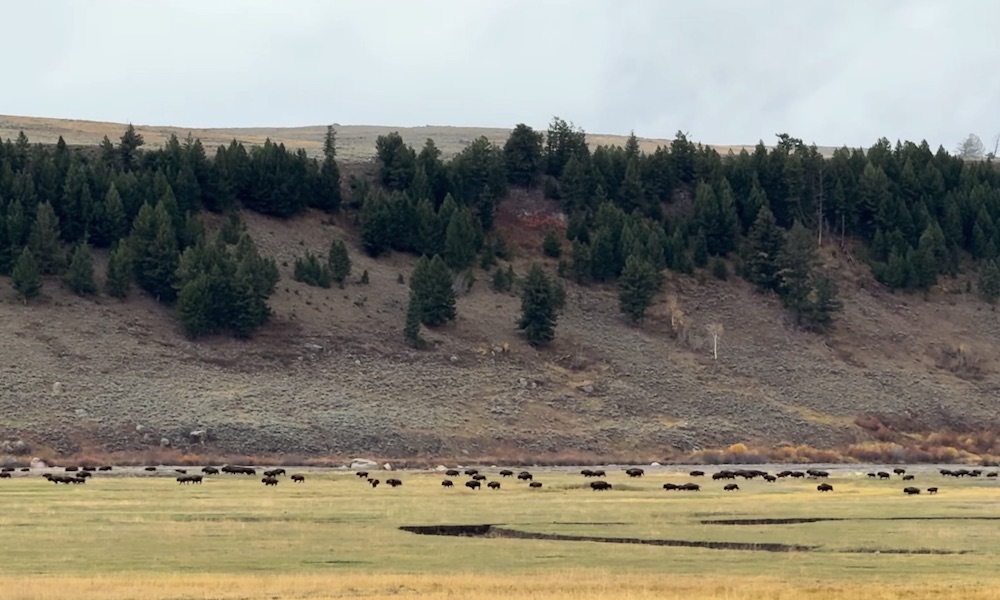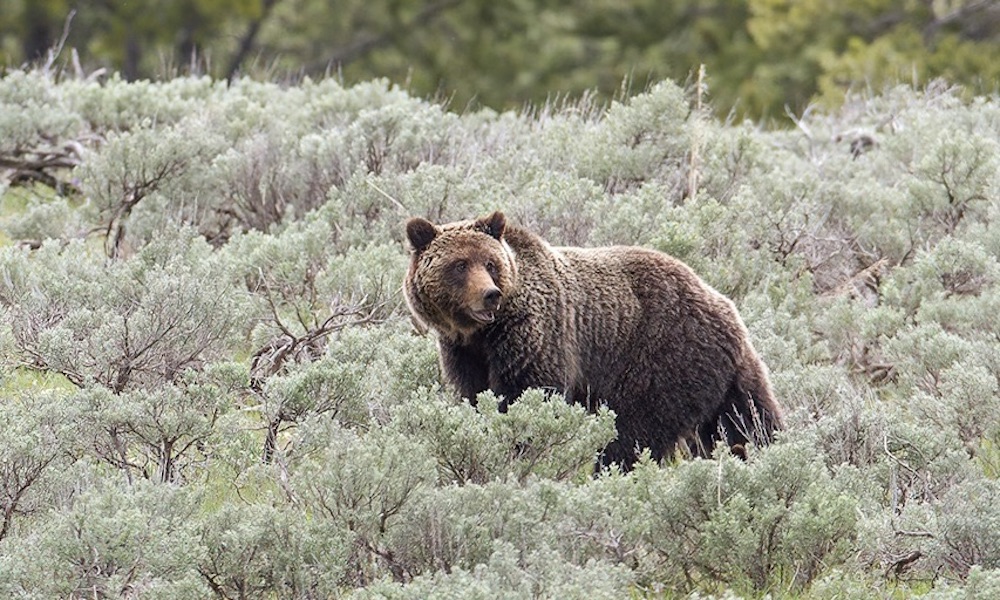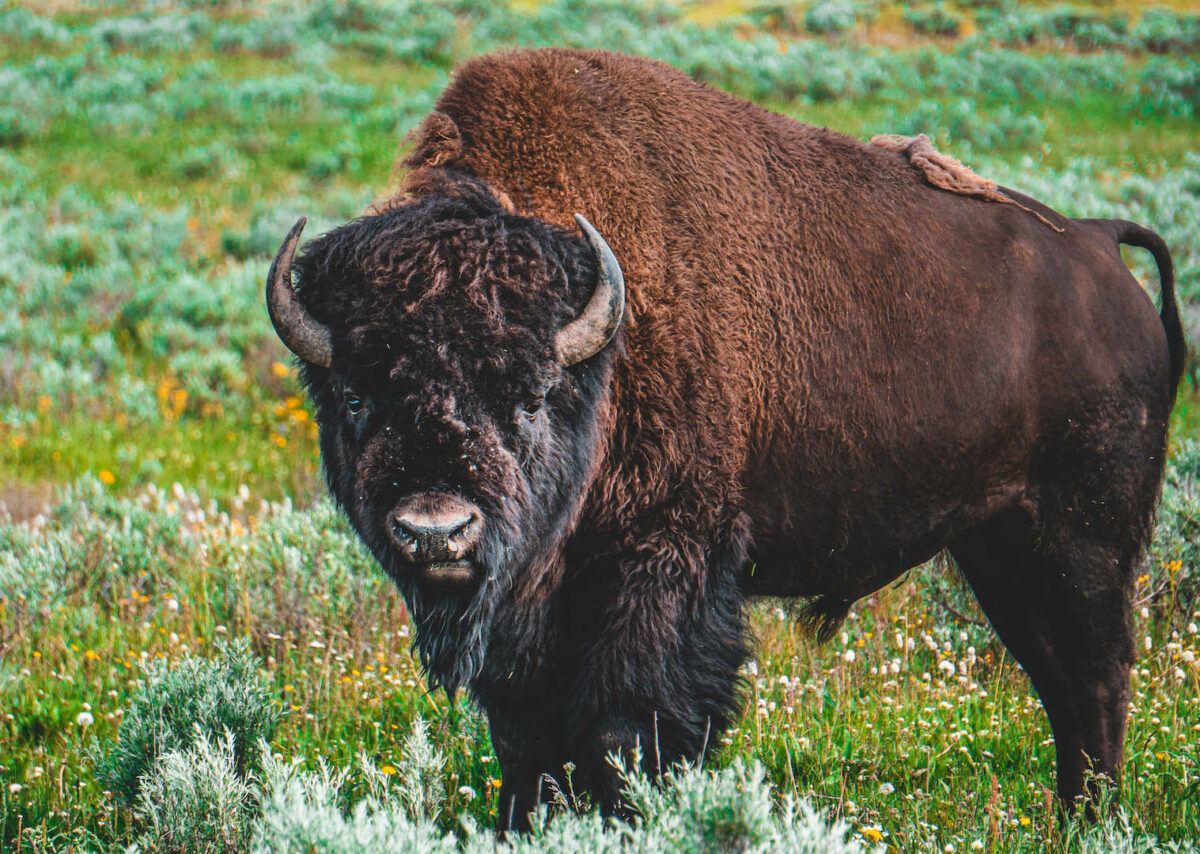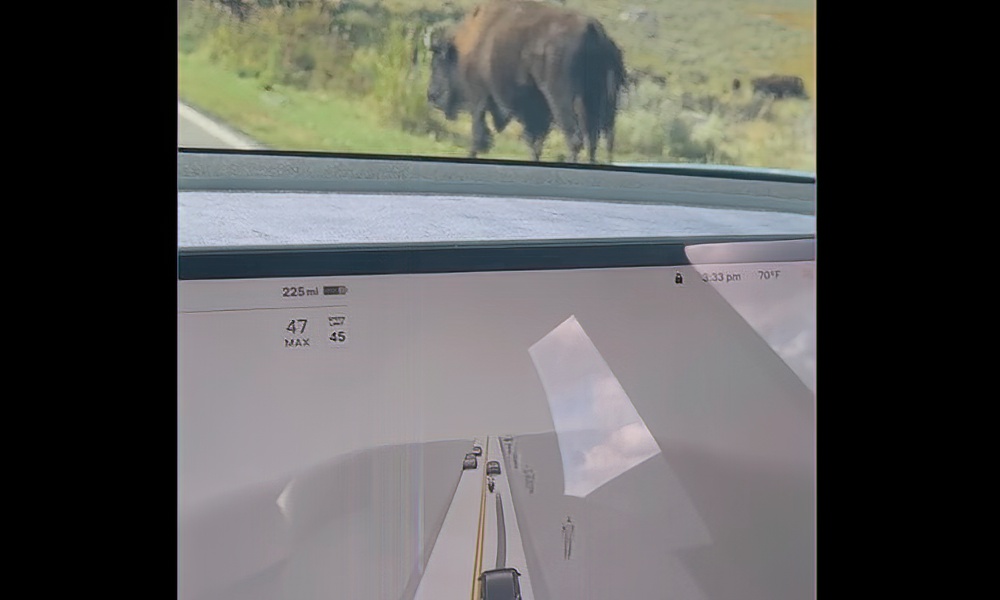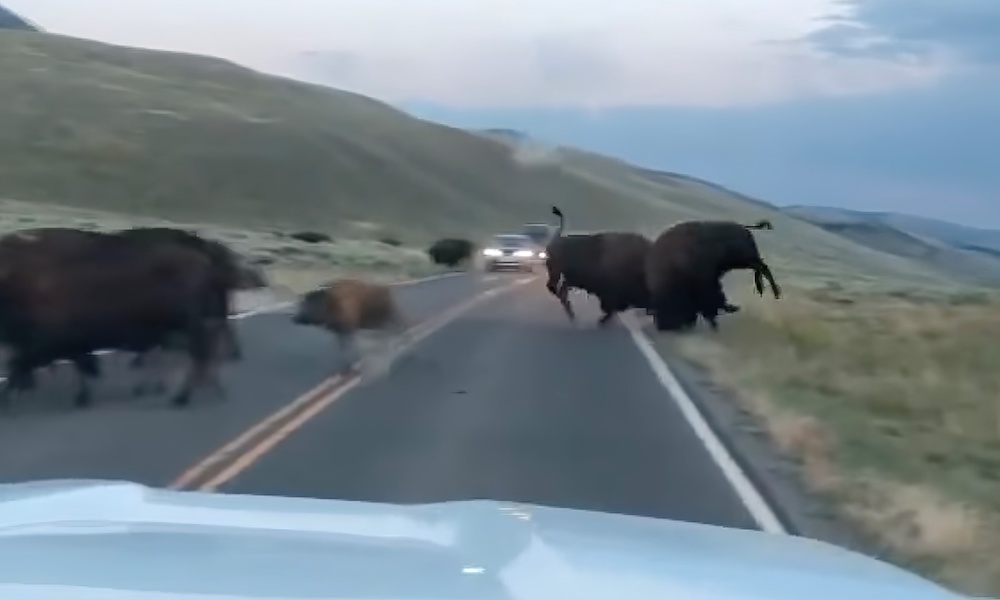Bison are just one of the captivating animals you can spot trekking through Yellowstone National Park in the winter. If you regularly visit the park, you have probably been able to see one of the park’s beautiful bison before. But have you seen these majestic creatures posing in front of Old Faithful geyser right as it’s erupting? On Saturday, March 9, that is exactly what park visitor Cindy Shaffer caught on camera.
“That was an extremely special and tearful moment for me,” Shaffer said. “Tears of joy, of course.”
Experience the wonder for yourself in the video below. Plus, find out where you can go for a bison encounter of your own with this list of five places in the US where you can see wild bison.
Nothing says Yellowstone National Park like this unbelievable moment captured at Old Faithful. pic.twitter.com/NP2TZ8bIXo
— USA TODAY Video (@usatodayvideo) March 11, 2024
Note: The featured image is a stock photo used to illustrate the story.
